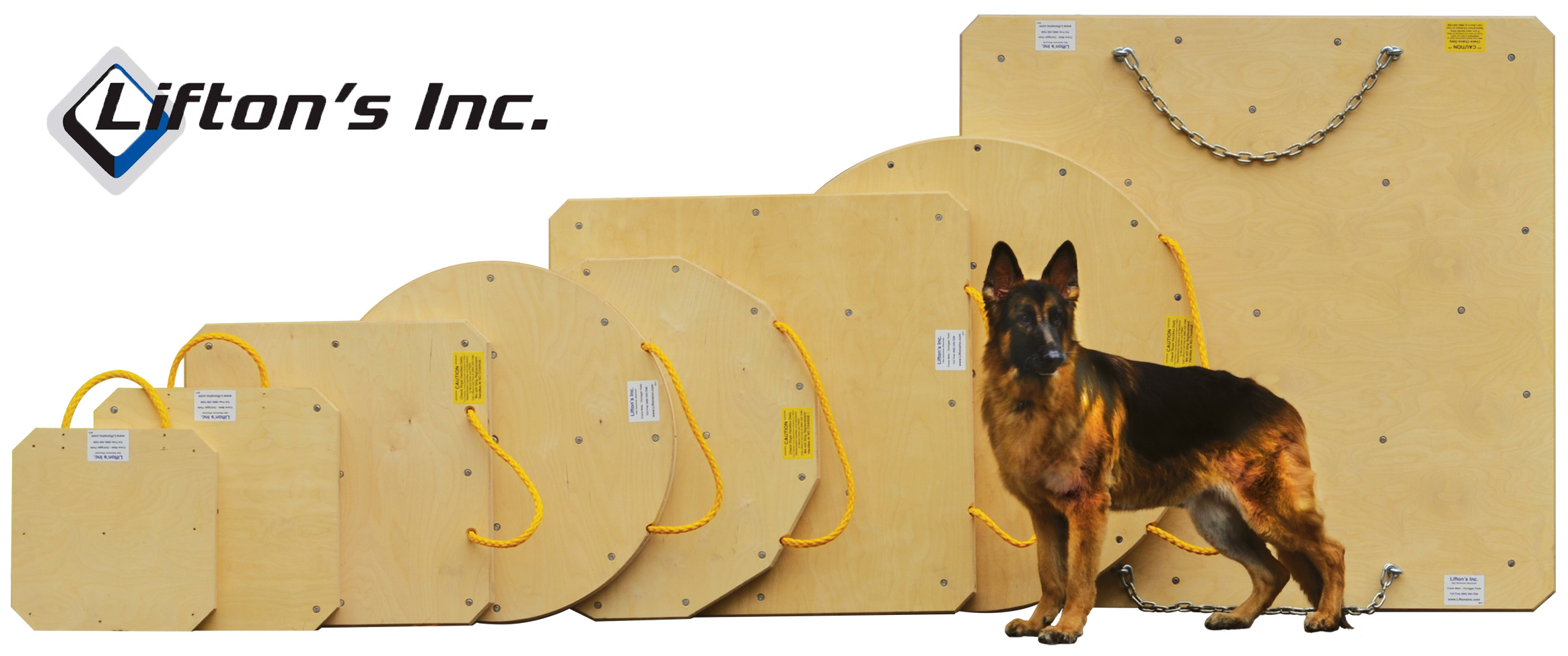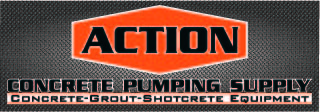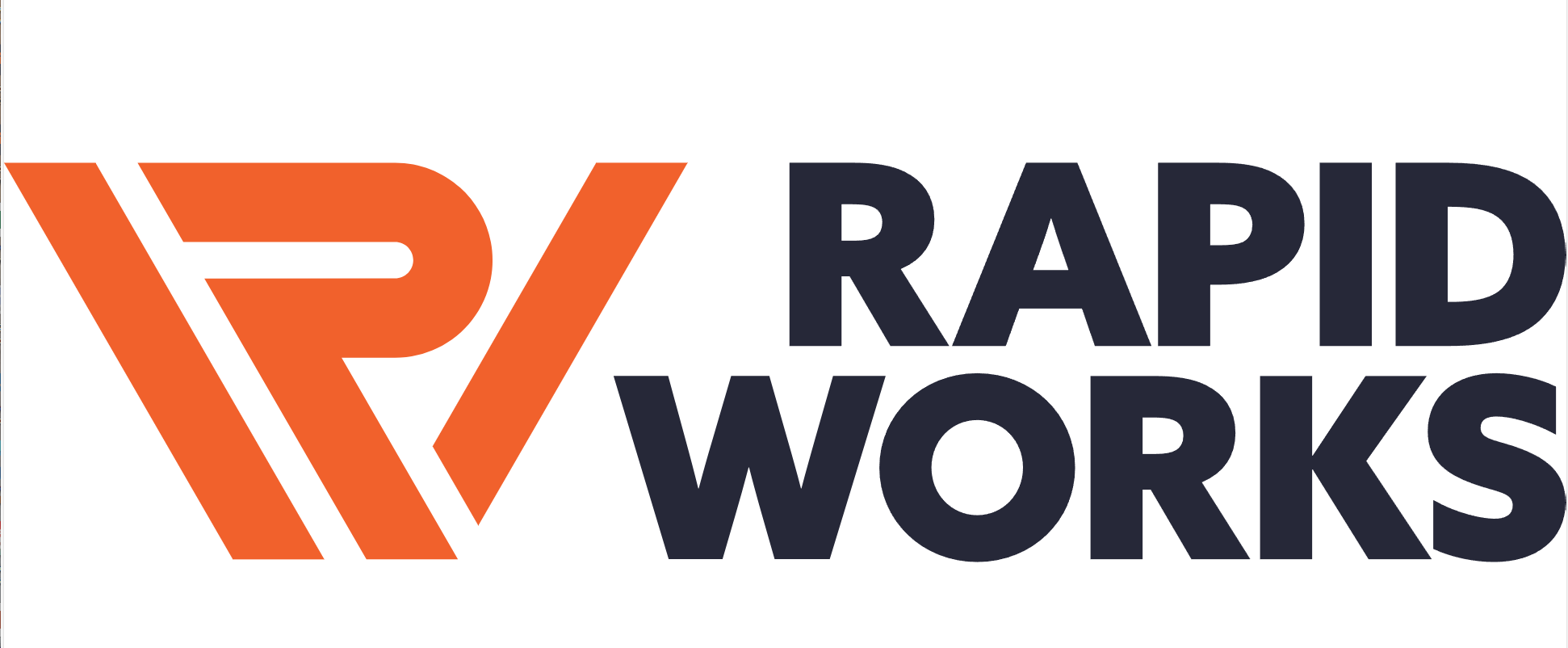| biloximike | 03-16-2012 | comment profile send pm notify |
|
When you get a chance go to the link below and learn how the Austrailan Counterpart to our OSHA address the complexities of concrete pumping safety. They have recognized that an operator should not be out of immediate sight of the hopper and the pour location without another qualified trained operator monitoring the pump and hopper. Read how they classify ready mix drivers in regards to working with pumps. Some of the lanquage is different but it is easy to see that they have at least made an attempt to standardise concrete pump safety. http://www.deir.qld.gov.au/workplace/resources/pdfs/concrete-pumping-cop-2005.pdf
|
||
| biloximike | 03-16-2012 | reply profile send pm notify |
|
Sorry Australia misspelled and no way to edit it now - Sorry Guys I type faster then I think |
||
| biloximike | 03-16-2012 | reply profile send pm notify |
|
More follow up - Go to OSHA and search for concrete pumping - check out all the rules and regulations that govern the entire concrete pumping industry in the United States. Hmmmm you must have the proper air hose connection when using air to clean out pipeline. Thats it. Period. No rules - its the wild wild west out there guys! |
||
| PUMBO | 03-16-2012 | reply profile send pm notify |
|
Australia is more the wild west than US. For starters a concrete pump hire should NOT be obligated to supply more than one operator for the concrete pump hire. It should be the responsibility of the concrete placing crew to provide a hose/line hand. A hose/line hand is not a rigger or dogger of any kind and should not be classed as one under any Australian state law. It's time the placing crew held the hose. BTW, think of the code of practise you posted, for donkeys. If you want real guidelines: http://www.freefilehosting.net/concretepumping-vdma-rev09en ***Please note that the Safety manual Concrete delivery and placing machines has been protected by copyright. The use for the purpose of training or information, e.g. for the training of operators, is permitted. Any application beyond that use, in particular for commercial purposes, is subject to the approval of VDMA. |
||
| PUMBO | 03-16-2012 | reply profile send pm notify |
|
You are being very harsh towards our USA friends, consider USA vs Australia:
You should notice before being critical of the USA that they are much superior in terms of concrete pumping than Australia in every way imagineable. |
||
| biloximike | 03-17-2012 | reply profile send pm notify |
|
PUMBO My point is that Australia at least has some rules - they may need to be changed and altered to meet the real world needs. In fact there are probably rules and standards in a lot of countries that should be reviewed and considered. As concrete pumpers we all face the same issues. Everything from rocky loads to dead chickens in the mix. Safety of everyone is the number one goal. If it was not for this site (Thanks Todd) then everyone in the country would be doing thing differently - at least here operators can learn ideas and techniques to make their job better and safer. When it was first mentioned using hoses with no steel on the end everyone went ballistic - now thanks to operators talking and venting it has become the norm to use one ended hoses. There is no rule, standard or regulation mandating its use, but at least common sense is prevailing. How many more people need to be killed or hurt until a single ended hose is required? ASME Standards are a start but they are concerned with the engineering aspects of concrete pumping and that is driven by the manufactureres. |
||
| Todd | 03-18-2012 | reply profile send pm notify |
|
Thanks for your post Mike. I just wanted you to know that the ASME is not run by the manufactures or managed by them. I sit on the ASME committee B20.27 for the new division for Concrete Placement Equipment and it has very little to do with the equipment its self. It has more to do with how that equipment is used and who is responsible for the job site. The ASME is the American Society of Mechanical Engineers, and they produce the National Standards for Safety for all of the crane industry and for hoists, helicopter lifts, junkyard magnet cranes and Telebelts and concrete pumps. Many of ASME's standards have been adopted by OSHA as the state of the art for safety of the respective industries. It is an honor to be published by ASME, and the B30.27 standard is the Safety Standard for concrete placing equipment. Right now, the ASME committee is working on adding a responsibilities section to the B30 standards. The ad hoc committee for B30.27 just finished the wording for the submission that will be presented to the ASME B30 main committee, and, when it passes, to the American National Standards Institute (ANSI) to become a national standard for pumping safety. As an example, picture this scenario: You pull up to the jobsite and the pour supervisor tells you to set up HERE. It then becomes HIS responsibility if the soil is not stable for your outriggers (although you still have to put out your cribbing, of course). You've never been there before, you don't know if they've buried utilities or storage tanks; only the jobsite personnel know that. In the past, a soil failure would have been considered a pumping error. Under the new standard, it will be the responsibility of the person who told you to set up there. That's the type of situation the responsibilities ad hoc committee is addressing. More information will be forwarded as it happens. Good luck out there; keep the rubber side down. Todd |
||
| biloximike | 03-18-2012 | reply profile send pm notify |
|
I disagree with you in some respects Todd - While the ASME is not run by the manufacturers they are the ones pushing for ASME certification and rules - While I agree that it is needs to be done the reason they are pushing for it is to protect themselves in lawsuits. Pumps have gotten bigger, faster and more complex over the years - lawsuits are gaining attraction - they need the buffer zone between them and the end user. While it may be true that OSHA adopts some aspects of the ASME there is still no offical standard enforceable by law on concrete pump operations. You mention the new "standards" on making it the ground conditions the responsibility of the contractor. Which part of the chain of events will absorb that responsibility? The construction manager, the general contractor, the sub contractor, or the concrete finishing contracor that ordered the pump? I have only seen one incident in which the ground condition was such that it was not clearly apparent to the oerator. That was an underground void that caved in under the outrigger of a 47 meter. No one, not the operator nor the contractor could have forseen this happening. In light of all the other things that cause accidents on a daily basis the ASME is focusing on ground conditions! I would submit their time would be better spent on developing a standardised operator training program, complete with evaluations and followup reviews. A properly trained operator would know when ground conditions are suspect and act accordingly. Critical question for the ASME - Would it be considered a best safety practice for an operator to be operating his boom 10 stories up via radio remote, completely out of sight of the concrete pump? There are so many things that should be considered and addressed first but since nothing the ASME does is enforceable as law it is pointless. The ASME works for manufactureres because they can tell the customer you must use accessories that meet certain conditions. For example if a reducer bursts and it was not one rated and marked by what the manufacturer or ASME determined was needed then the pump company will have more of a liability if they use an 'after market' product. It would seem one of the easyiest things to get done by force of law or regulation would be the Single Ended discharge hose on the end of the boom. While everyone with common sense agrees that it should be standard operating procedure no one takes the steps to get it done. Why? They all know the operators are not trained properly and they need that cushion of deniability. If ACPA and the ASME went to OSHA and said it was an emergency to protect life, limb, and property, the single ended hose rule, it would be done. Period. So why don't they do it? Sorry for the preaching - just too many people get hurt needlessly and it bugs me. |
||
| Many | 03-18-2012 | reply profile send pm notify |
|
Mike there ya go opening another can of worms,oilers "grin" |
||
| biloximike | 03-18-2012 | reply profile send pm notify |
|
Oily Worms - Zesty! LOL |
||
| pumpin man | 03-21-2012 | reply profile send pm notify |
|
USA ROCKS |
||











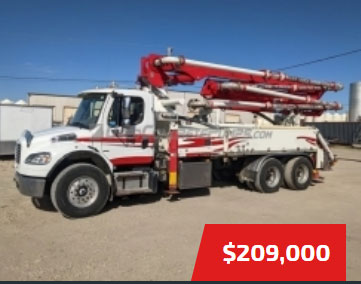

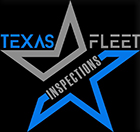






.jpg)
.gif)

.jpg)









.jpg)
